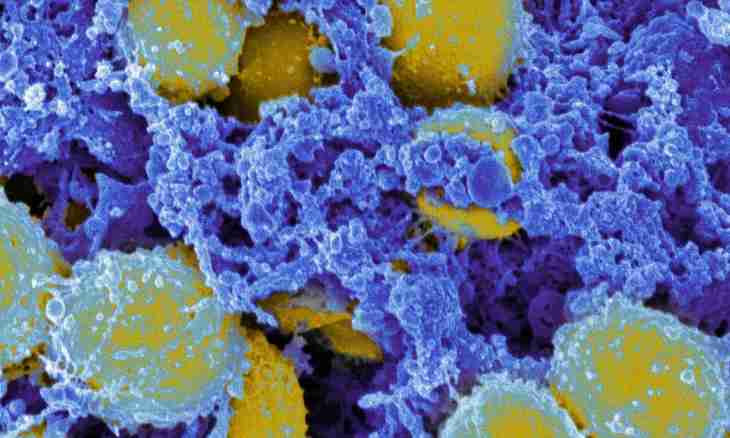Bacteria – the first living beings who appeared on the planet more than 3 billion years ago. Surprisingly, but, despite the primitive building, some of them were kept unchanged about one today.
Instruction
1. Bacteria - the smallest microorganisms - are really ubiquitous, they live both in the soil, and in water, and in air, in an organism of animals and the person. It is possible to meet them, both in hot springs, and in polar snow.
2. Now scientists described about 10 thousand species of bacteria though it is supposed what them actually exists much more. In a form and features of association of cages of a bacterium divide into the following groups: spherical – cocci. Their single individuals call micrococci if they unite parno – diplococcuses. The cocci which formed a chain have the name streptococci. When division happens in two planes, tetracocci which consist of 4 cages are as a result formed. Sartsina appear at division in three planes and contain from 8 to 18 cocci. Sometimes division happens chaotically, and cocci form the congestions reminding grapes clusters – staphylococcus; rhabdoid bacteria most often are located odinochno. Their form can be direct or slightly curved, sometimes spindle-shaped. Sticks which do not form a dispute are called – bacteria, and sporoobrazuyushchy – bacilli and klostridiya; spirilla and vibrioes – types of wavy forms of the bacteria having a spiral appearance. The vibrio cage slaboizognuty also reminds a comma, on its end is located zhgutik. Perhaps, it is possible to carry the causative agent of cholera to the most known vibrioes. Spirilla have 2-3 curls of a spiral and are almost harmless.
3. The pathogenic organisms capable at hit in a body of human or an animal to cause various infectious diseases, allocate in special group. Thanks to rapid growth and reproduction, they are extremely resistant to external factors and in certain cases are even used as biological weapon. A number of the diseases caused by bacteria is known: diphtheria, tuberculosis, plague, anthrax, tetanus, various skin, intestinal and sexually transmitted infections. At the same time, the person would hardly do without microbes. In everyday life among food cottage cheeses, yogurts and kefirs are popular. And they cannot be prepared without participation of the lactic bacteria which are responsible for coagulability of milk. And the lactobacilli living in a digestive tract, play a role of defenders of an organism, protecting intestines from invasion of pathogenic microbes and not allowing it "to be upset".

